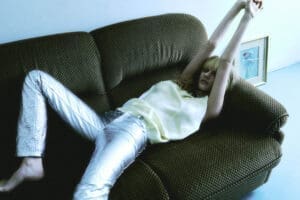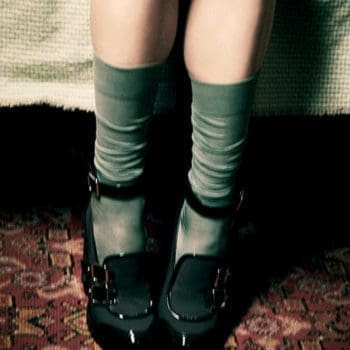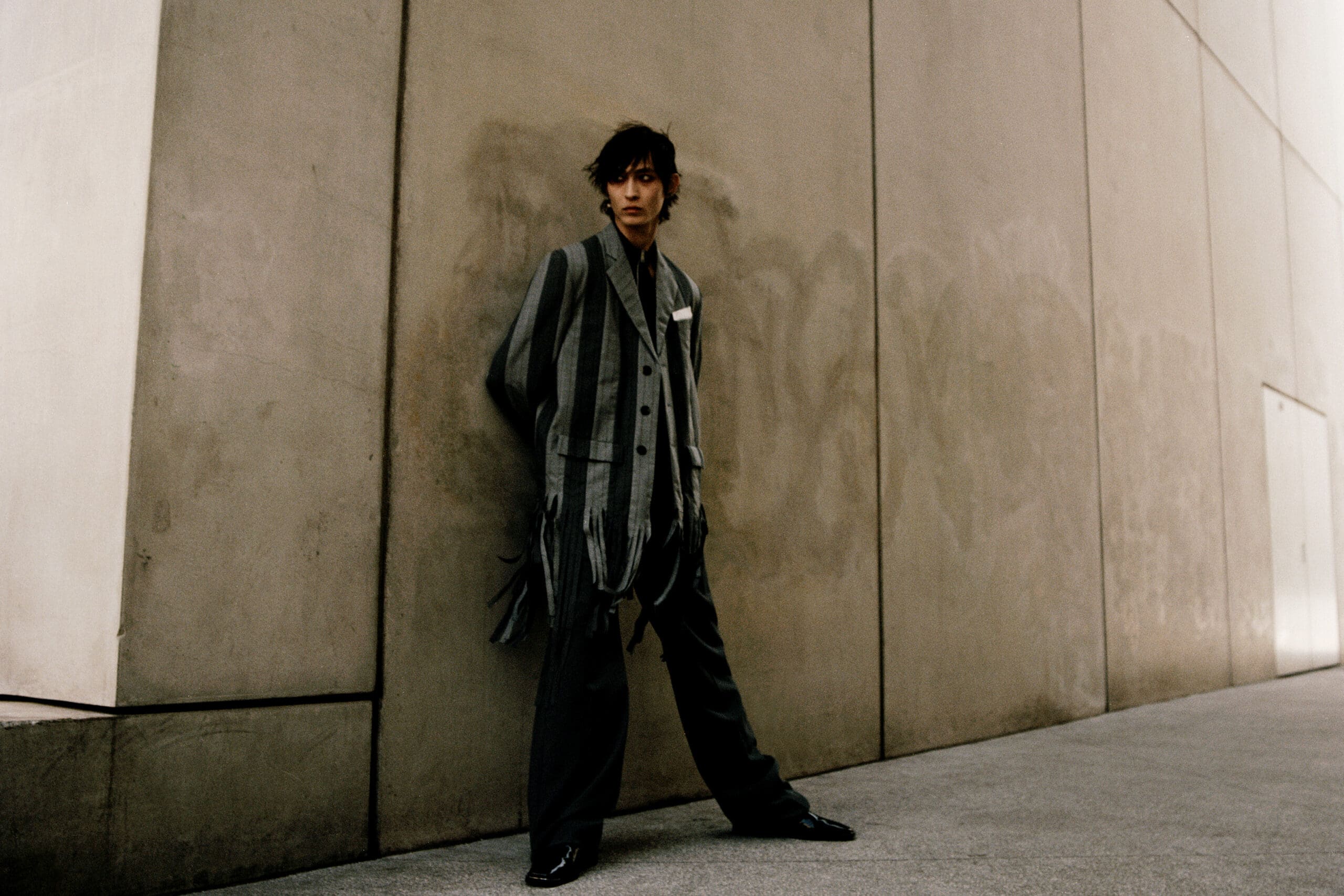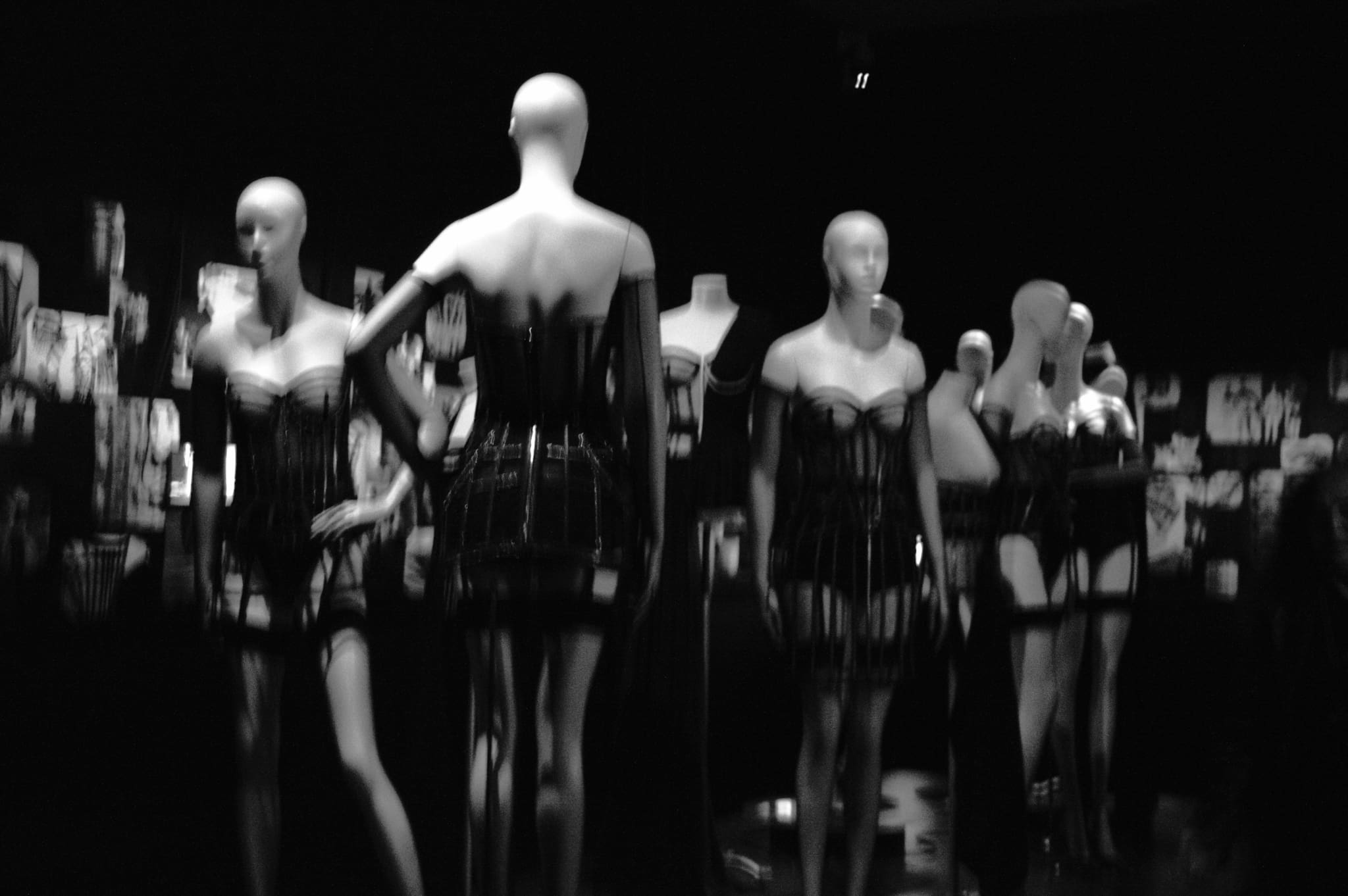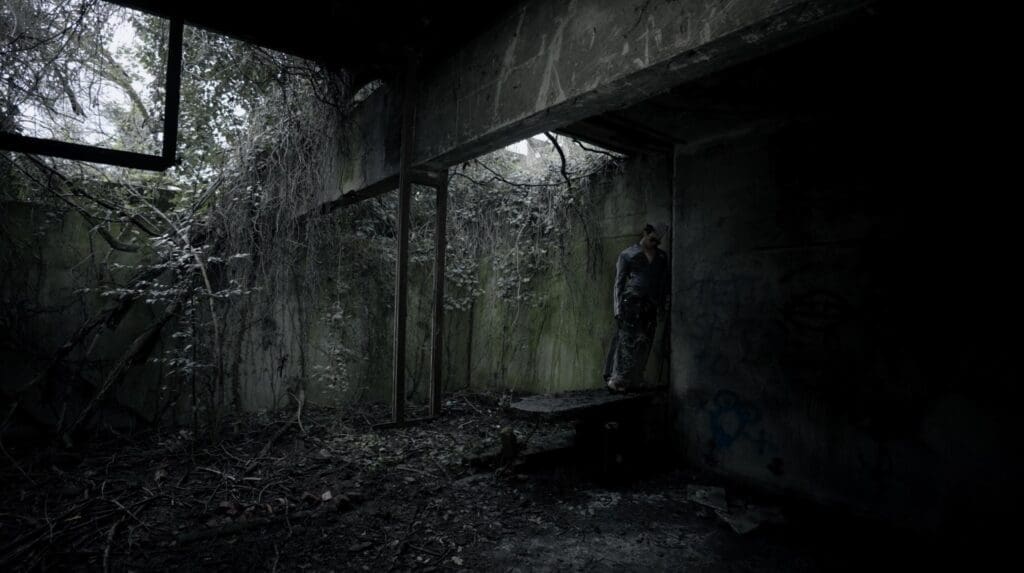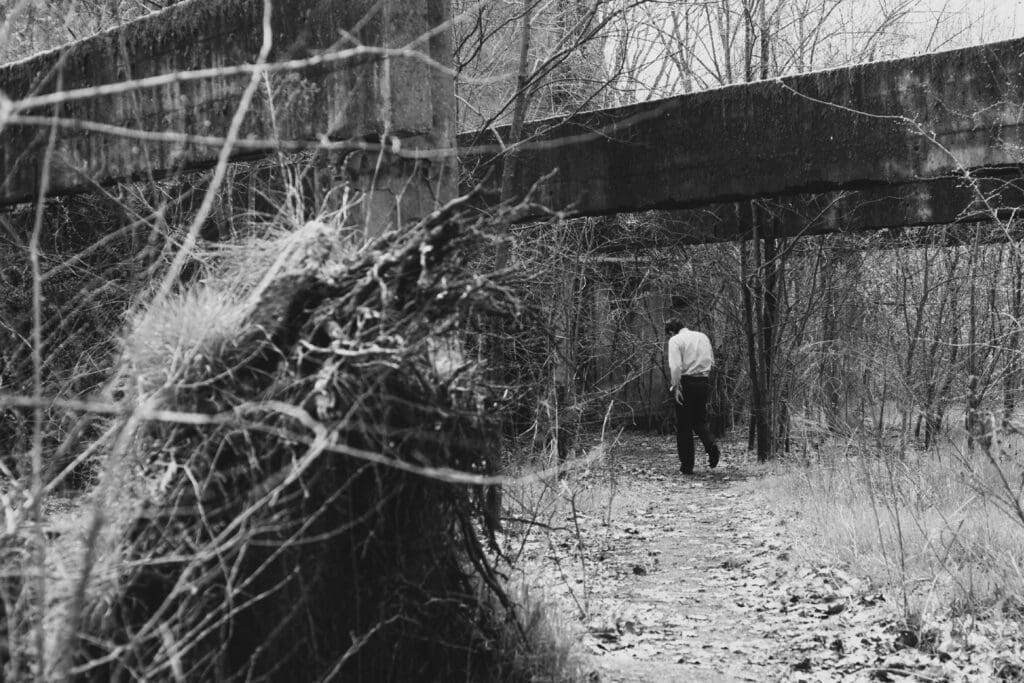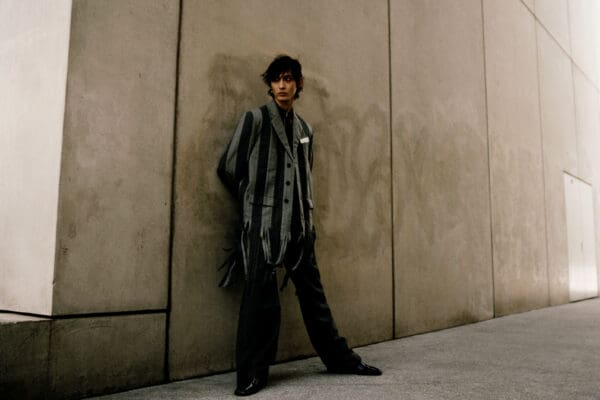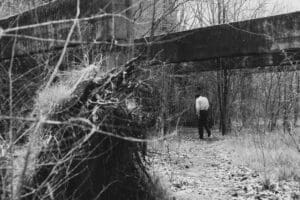Romantica Station
Camera di Commercio di Roma
Sala del Tempio di Vibia Sabina e Adriano presents
The first edition of “Romantica,” an initiative aimed at relaunching the image of the capital as a place of contemporary study and research in the fashion scene, took place at the Camera di Commercio di Roma, Sala del Tempio di Vibia Sabina e Adriano. The event stemmed from the desire of Camera di Commercio di Roma to create a decisive change in the representation of fashion for Rome as a city that expressed, even more today, the opportunity to be a symbolic place of creativity capable of always renewing and reinventing itself.
In this perspective, in an extraordinary place, Camera di Commercio realized a new model of involvement, as well as presentation: a real evolution of the potential of the artistic and historical heritage, which became a container of sharable study, as confirmed by the strategy of research and attention to young people, the future, and the territory with an international vision, as in other already established events.
The overriding goal was to promote Rome as a laboratory station on the themes of technology and sustainability, of contemporary creativity that could collaborate with other national and international venues, in a perspective that went beyond competition among representative fashion venues. The exhibition-performance dynamic with workshops, talks, and visible workmanship led to a natural involvement of enthusiasts, but also of citizens and tourists.
The theme of this edition focused on the relationship that united Craft and Artificial Intelligence, a topic as timely as ever that was addressed from various points of view.
For the first time, in Rome, 11 local fashion academies were, together, the protagonists of an initiative that, through learning and skills, showed how much and how the city was an extraordinary Starting Station towards the future: Accademia Costume & Moda, Accademia del Lusso, Accademia di Belle Arti di Frosinone, Accademia di Belle Arti di Roma, Accademia Italiana, Accademia Koefia, Ied – Istituto Europeo di Design, Istituto di Moda Burgo, MAM – Maiani Accademia Moda, NABA, Nuova Accademia di Belle Arti e Rufa – Rome University of Fine Arts. Each academy had a station, where it displayed clothing and worked on the themes of artificial intelligence and craftsmanship, conceptually simulating a railroad track, with a background image of the school itself and a number that was found in a railroad timetable set up between the columns of the Tempio di Vibia Sabina e Adriano.
The heart of the event was a large central table, the “Laboratorio scientifico della Stazione,” where children from all the schools involved worked together, using both traditional methods and digital design, as well as graphic and artistic techniques developed in the two modes. They were part of the same design, without privileges determined by the different opportunities offered by the schools and without logistical penalizations, they worked together in a new project for fashion in Rome, which stemmed from the spirit of sharing, collaboration, and inclusion. Among them was also a Coloriage School of Social Tailoring, a reality of creative encounters, where designers and artisans, from different backgrounds, shared knowledge and techniques to create unique and original garments.
“Sustainability, innovation, and support for young people. These were the values,” said the President of Camera di Commercio di Roma, Lorenzo Tagliavanti, “on which our institution had always focused and worked to ensure support for the brands of our territory and the entire country. In recent years, as Camera di Commercio di Roma, we had always ensured a commitment, investing numerous resources in all initiatives on fashion, focusing, in particular, our attention on young talents, some of whom had the opportunity to express their creative skills and be appreciated nationally and internationally by winning high-level awards and recognition. The commitment of Camera di Commercio di Roma on fashion remained unchanged, solid, and constant, and this first edition of “Romantica” was its “continuatio operis.” We continued to support,” Tagliavanti concluded, “a sector that created wealth and promoted the growth of the GDP of our territory and the entire country.
A debate among experts, scholars, companies, experts, critics, and fashion theorists, through talks divided over the course of the day on Saturday, April 13, told and exposed, thanks to their privileged point of view, the characteristics that connected and harmonized craftsmanship with new technologies.
During the two-day “Romantica” initiative, three workshops were also held to showcase and explore the concept of material transformation, with as many Roman businesses:
MENSURA. A historic company specializing in the creation of busts and mannequins showed the construction methodology with completely recyclable materials, a technique of Italian excellence, in demand all over the world.
ACCADEMIA NAZIONALE DEI SARTORI – LIVE, the oldest fashion school in Italy presented a real traditional tailoring workshop where Master Cutters and Tailors showed ancient and precious techniques and skills.
PERFUMEDIA, a real olfactory that, through modern instrumentation, showed the physical transition between matter and non-matter: a Master Perfumer transformed unsuspected essences and substances into perfumes.
Finally, the day of Sunday, April 14, hosted the workshop presentation of digital archiving of Fashion and Costume, capable of creating not only a virtual image but enabling a new model of heritage filing and study with D_ARCHIVE. Experimental project, which collaborated with public and private entities, most recently with the MoMu Museum in Antwerp, to create connections between cultural heritage, sense of belonging, and new technologies applied to fashion culture.














